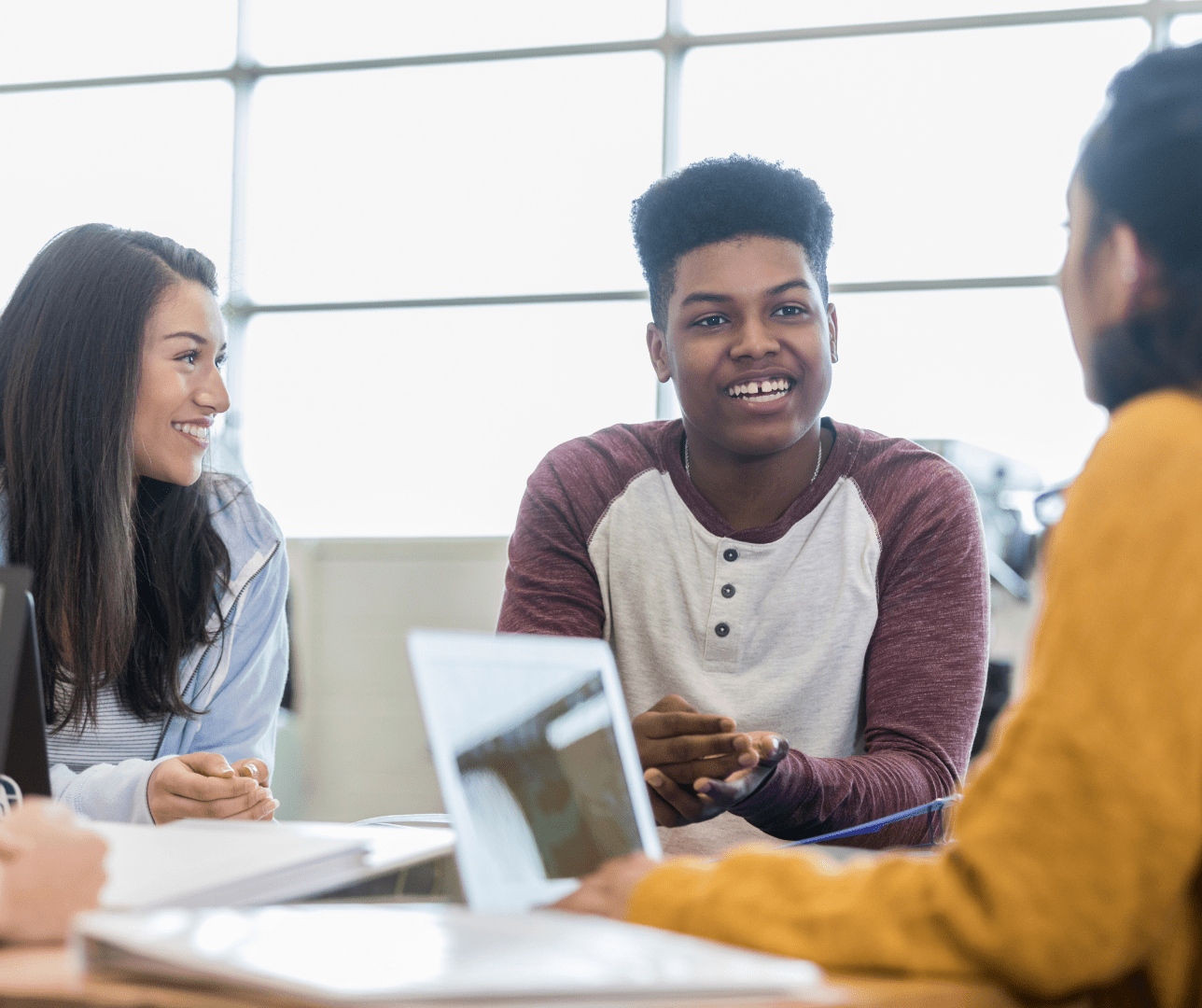Digital Equity Isn't Just about Tech - It's About Ensuring that Tech is Designed for All Learners
What does digital equity mean?
Angus Stewart stated in his book Social Inclusion: Possibilities and Tensions that our location, our families, our culture, and our school experiences combine together. They have the power to either hinder or enhance students’ “individual and collective life chances” (2000).
When we think about digital equity in schools, we think about it in terms of accessibility. Can the students use the education technology in a meaningful way? Can students easily access the technology? Can they build more understanding of the content?
But when we think about digital equity in providing life chances, it takes on a whole different meaning.
It’s the truth though. We live in a digital age, and our students need to be creators of technology -not just consumers- in order to thrive in a rapidly changing digital world.
This means that we need to figure out how technology translates into our own instruction, and, how it creates equity for all students.
In “Issues and Challenges Related to Digital Equity: An Overview” Paul Resta states the “Five dimensions of digital equity are identified as access to…
1. hardware, software, and connectivity to the Internet
2. meaningful, high quality, and culturally relevant content in local languages
3. creating, sharing, and exchanging digital content
4. educators who know how to use digital tools and resources
5. high-quality research on the application of digital technologies to enhance learning” (991).
In this blog post, we will focus on meaningful, high-quality, and culturally relevant content and creating, sharing, and exchanging digital content. Therefore, we will unpack a technology model all teachers can follow and how it helps educators determine digital equity for students.
The SAMR Model: What is it?
The SAMR Model by Dr. Rubin R. Puentedura is a helpful guide for teachers to use when thinking about their own technology use in the classroom. On its y-axis, the SAMR model breaks education technology into two parts: enhancement and transformation.
Classroom experiences are as diverse as our student population. Each category of the SAMR model: substitution, augmentation, modification, and redefinition, all contribute to important learning processes. So, it’s important to remember that not every single lesson that incorporates technology will be a redefinition lesson. We know, as educators, that we have to scaffold our instruction to help our students get to those higher-order thinking skills. As such, the SAMR model is no different.
What is substitution in the SAMR Model?
For the purposes of understanding the SAMR model in a more concrete way, let’s take an elementary lesson on how to make a snowman using sequence words like first, next, then, and last. Instead of having students hand draw a picture of a snowman on a piece of paper, they can draw it on an iPad. This is substitution. Technology is taking the place of everyday classroom activities. In this case, the iPad replaces, or substitutes, for the paper.
What is augmentation in the SAMR Model?
Let’s take that same snowman lesson and augment its purpose, which is to get students to create a how-to. Before using technology, students cut up sequence words and then glued them under the corresponding snowman picture. Now, with the use of technology, students think about the process of drawing the snowman, record their process, listen to their recording, and then write out the steps.
The lesson is now augmented because the technology acted as a tool replacement but improved in its overall purpose. The students had to actively participate in the entire process instead of the majority of the work completed for them.
What is modification in the SAMR Model?
When modification occurs in a lesson, the technology allows for redesigned learning tasks. In our snowman lesson, instead of having students use the audio to help them write their how-to paragraph, they can now embed their audio recording into a presentation they created. Then, they add the text. The lesson is now modified because students are creating something to display as a type of portfolio.
What is redefinition in the SAMR Model?
Finally, the last and highest point in the SAMR model is redefinition, where the technology allowed for the creation of new tasks that were previously inconceivable. To redefine our snowman's how-to lesson, students can upload their presentations to an online platform where other students around the world can comment. This gives students authorship, reach, and tons of autonomy.
How does the SAMR Model create digital equity?
When we consider following a technology model, we provide greater access for our students. It requires us, as educators, to determine how technology aligns with our overall goals and objectives.
When we start to think of technology as more than a tool or a substitution for classroom tasks, students become active participants and digital creators. They start leaving a digital footprint of their learning. This is crucial if we are trying to empower students’ life chances.
Which is why following a technology model is so important in building digital equity for every kind of lesson. How can we create more equity for each level of the SAMR Model so that our students create, build, and redefine their learning? As we continue to refine our technology use in the classroom, we open a world of possibilities for our students.
References:
Resta, P., & Laferrière, T. (2015). Digital equity and intercultural education. Education and Information Technologies, 20(4), 743-756.
Stewart, A. (2000). Social inclusion: An introduction. In P. Askonas & A. Stewart (Eds.), Social inclusion: Possibilities and tensions (pp. 1–16). London: Macmillan.
Terada, Youki. “A Powerful Model for Understanding Good Tech Integration.” Edutopia, George Lucas Educational Foundation, 4 May 2020,
https://www.edutopia.org/article/powerful-model-understanding-good-tech-integration.

Share

Share
15% de rabais sur les licences écoles jusqu'au 30 juin 2025!
